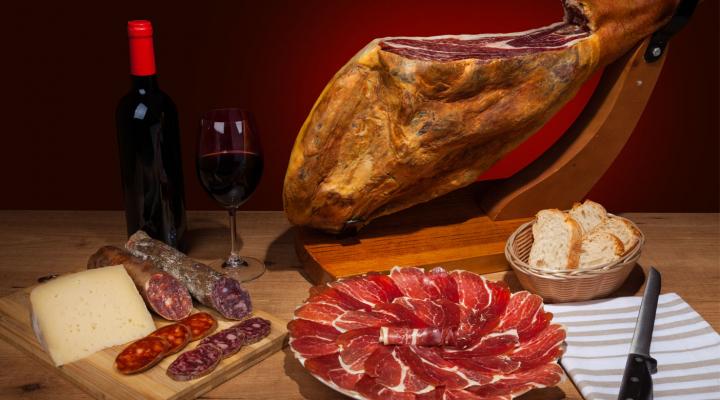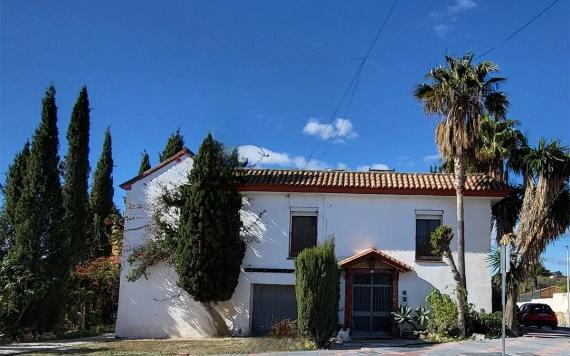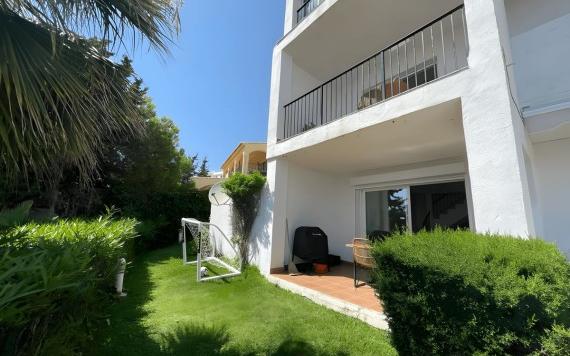
With Christmas fast approaching, there’s no better time to get to know the stunning flavours, and traditional festive delicacy, of Jamon Iberico. This famous Spanish ham is so much more than a simple cold cut, and would be wasted thrown into a sandwich with some pickle! Jamon Iberico is deeply rooted in Spanish culture, and is regularly used in Spanish cuisine. In fact, when you go out for dinner in Spain, this rich and flavoursome delicacy is difficult to avoid! You’ll find it served in traditional tapas, but perhaps it is best enjoyed on its own with a glass of red wine. With that in mind, here’s everything you need to know about stunning Jamon Iberico:
What is Iberico Ham?
Iberico ham is bred from pigs that are native to the iberian peninsula; the ham is cut from the leg of the pig and then cured. You will immediately recognise Iberico ham because it has a unique and easily distinguished aroma. It is deep, bright red in colour and has marbling throughout it.
Iberico is typically a longer ham than other Spanish hams, and has an elongated shape and a narrower bone. It typically ends on a black hoof, which makes it easy to identify when you’re shopping. Perhaps one of the easiest ways to identify this ham, though, is by its price tag: because of its high quality, iberico ham comes with a higher price tag than any other Spanish ham.
Selecting an Iberico Ham
When it’s time to choose an Iberian ham, there are two factors to take into account: the breed of the pig and its diet.
The Breed of the Pig
Iberian pork is a black pig that is a mix between wild boar and the pigs the Phoenicians brought to the Iberian peninsula thousands of years ago. Unless it comes from a pig from the Iberian region, it isn’t an Iberico ham; it’s a question of genetics. You can buy ham that is 100% Iberian (taken from a pig who is a pure breed, with both parents being 100% Iberian) but 75% and 50% Iberian ham is also available, where the pure Iberian pig has been breed with another breed (often Duroc).
The Diet of the Pig
What the pig eats will have a huge impact on the way it tastes. The feed of the pig can be divided into three clear categories:
- Bellota (100% acorn fed)
- Cebo de Campo (this pig is fed some acorns, but also takes advantage of the resources of the pasture, grain and feed)
- Cebo (only commercial feed)
Bellota ham is considered to be the highest quality, whilst cebo ham is considered to be at the other end of the scale. Healthy and natural foods will contribute to the sweetness of the meat, which is why meat that is 100% acorn feed will have the most superior taste.
Identifying the Right Iberico Ham for You
Now that you know the differences in the types of Iberian ham available, and have chosen the right kind of ham for you, it’s time to go shopping! Luckily, picking up the right ham in the store is easy, thanks to an official labelling system which was introduced in 2014. Just select the right colour, and you can be sure that you have the ham you’re looking for!
- Black, 100% Iberian and acorn fed. The very best “Pata Negra”.
- Red, at least 50% Iberian, acorn fed.
- Green, at least 50% Iberian, “cebo de campo” (resources of the pasture and some acorns).
- White, at least 50% Iberian, “cebo” (feed).
Serving Your Ham
Once you have ordered your ham and brought it home, it’s time to serve it. In order to do so, you will need a long flexible knife for cutting thin slices of ham and a good ham holder to hold the ham securely while you cutting. An Iberian ham is a very special treat for most Spanish families, and one that is particularly enjoyed during the festive period. Cut the meat straight from the bone and then pop it on your plate, savouring every mouthful.
Are you thinking of moving to Spain, or investing in a Spanish property so that you have your own holiday bolt hole? Then why not get in touch with our locally based property experts. We’re perfectly placed to help you turn your dreams of Spanish home ownership into a reality!

 English
English Español
Español Deutsch
Deutsch Français
Français Svenska
Svenska Nederlands
Nederlands Italiano
Italiano Norsk
Norsk Русский
Русский

































